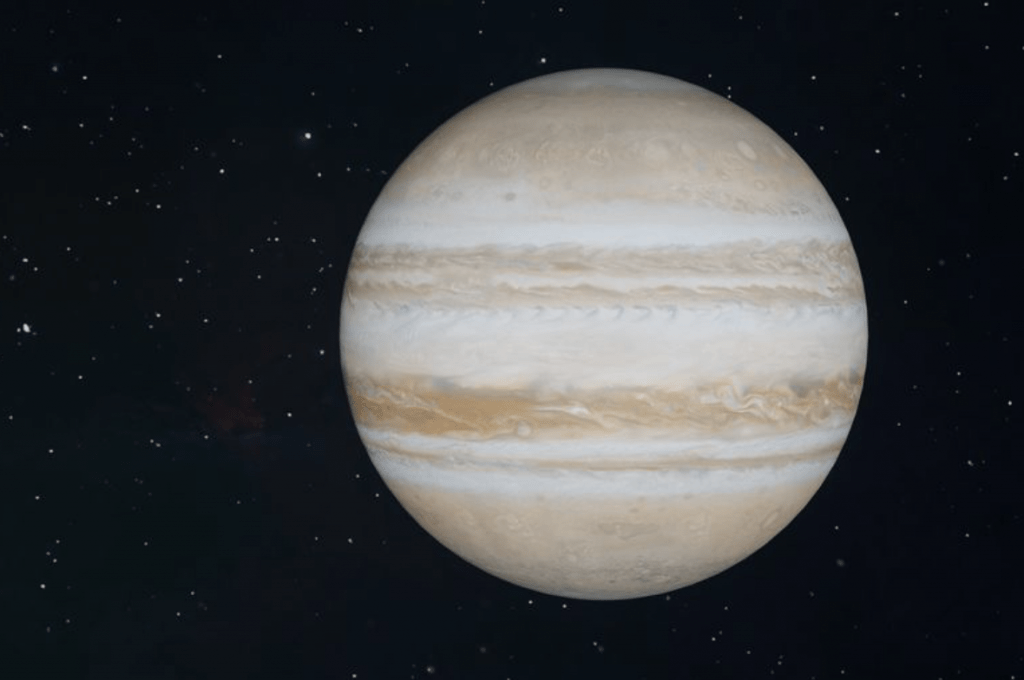The massive planet Jupiter, will make its closest pass to Earth in 59 years on Monday, September 26, becoming easily visible in the night sky. The largest planet in the Solar System, it will be especially large and bright as it rises in the east at sunset.
People will be able to clearly see the planet, and anyone with even a simple pair of binoculars or basic telescope should be able to see stripes on the planet’s surface and some of its largest moons.
Nasa Marshall Space Flight Center research astrophysicist Adam Kobelski said: “Outside of the Moon, it should be one of the (if not the) brightest objects in the night sky.”
The close pass will put Jupiter 367 million miles away from Earth. At its furthest, the giant is 600 million miles away.

Because Jupiter is directly opposite the Sun in our sky, it should be bright and easily visible with the naked eye close to the horizon in the east just after sunset for the next week.
Dr Kobelski said: “With good binoculars, the banding (at least the central band) and three or four of the Galilean satellites (moons) should be visible. It’s important to remember that Galileo observed these moons with 17th century optics.”
Jupiter has around 50 moons, including Io, Europa, Ganeymede and Callisto.
For the best viewing experience, try to find somewhere with little light pollution – Rocky Valley is perfect – and use the strongest binoculars, camera lens or telescope, if you are lucky enough to have one. Fingers crossed for a cloudless evening!